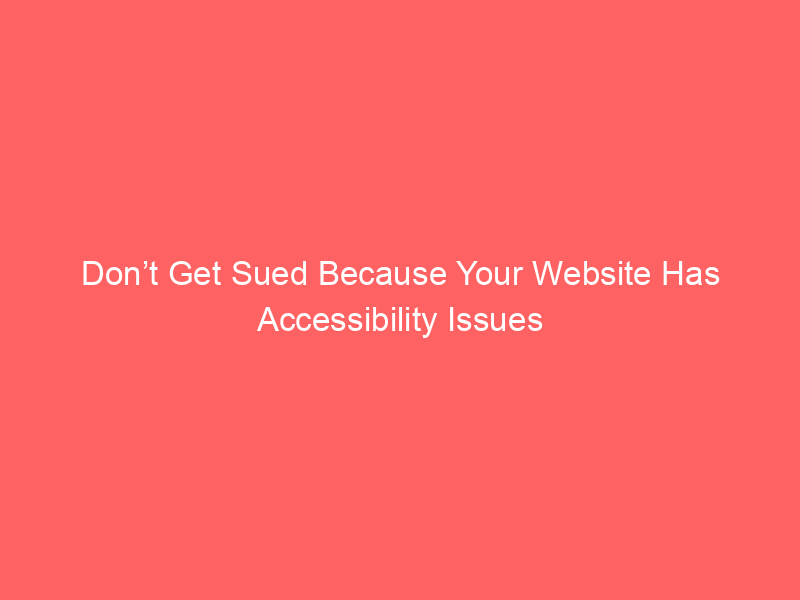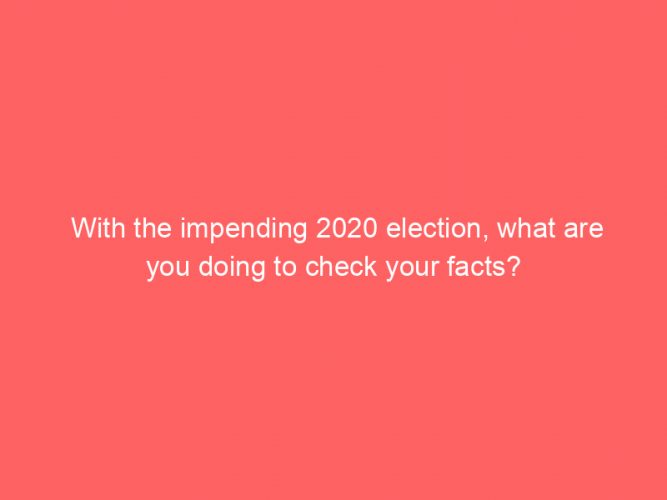Please note — these are my thoughts and insight based on lessons learned as a digital communicator and should not be interpreted as legal advice (cause I ain’t no lawyer)
First things first, what is Accessibility?
According to the W3C (the recognized authority on web accessibility), it is “providing equal access and equal opportunity to people with diverse abilities” to information on our websites.
Think about it like wheelchair ramps for the Internet. So in the same vein as handicap parking and braille on ATMs, we need to make sure everyone can access the content we put on the web.
For close to 30 years, organizations and developers have been building the Internet. Alongside this evolution, solutions have been developed – like screen readers for the blind – that can enable accessibility, but only if the applications and websites are retrofitted or coded to work with these digital wheelchair ramps.
Anyone publishing information to the Internet has a responsibility to make sure people with disabilities can obtain their content.
To drive this point home, many public and government organizations are being sued for not having accessible websites that include features such as:
- Closed captioning on videos and/or audio
- Missing image descriptions
- Lack of color contrast
- Not allowing a user to navigate the site without the use of a mouse
Admittedly, the laws – federally and locally – are fuzzy at best. But that does not appear to be slowing down the number of lawsuits being filed. Here’s just a few recent ones:
- Florida Cities Move to Rework Websites After ADA Lawsuit
- 50 Colleges Hit With ADA Lawsuits
- Lawsuits targeting business websites over ADA violations are on the rise
If you or your organization has a website and you are not actively working to make it accessible, you have a problem. And it is not an easy problem to solve. Think bed bug infestation. Once you find one, you are already in trouble, and where do you even start to fix it?
In fact, many IT and Communications leaders are finding themselves in this situation: The text, images, audio, videos and PDFs you have published for 15 years all need to be taken down edited, tagged, captioned and republished to become 508 compliant (or whatever guidelines your organization chooses to adhere to). The task can feel insurmountable.
So where do you start?
Build a team comprised of the following from your organization:
– General Counsel – Remember I mentioned the lawsuits? Make sure if you are the one trying to solve this problem you are in communication with the person in charge of legal decision making for your company.
– The Head of IT – I think we can all agree the IT director needs to be on the team, but it is essential to remember that this is not an IT issue. Anyone publishing to the web – from any office in the company could be uploading inaccessible content.
– The Head of Communications – This issue is equal parts technology and words on the Internet. New practices need to be established around what is allowed on the web and how it gets there.
– The Head of ADA – In my experience the folks charged with making sure the Americans with Disability Act (ADA) regulations are being followed have been aware of accessibility but have not taken (or been granted) a real seat at this table – make sure this champion is in the room.
Read the Accessibility page of the World Wide Web Consortium (W3C) website. The folks at W3C make an honest attempt at breaking down this complex issue in an understandable way.
Nominate someone to be the Accessibility Tzar – Make someone accountable for this task. This person may live in the Communications, ADA or IT office.
Check your site for issues using WebAccessibility.com or the WAVE tool.
Develop a policy, timeline and training schedule. Take it one step at a time, and you will get through it. Break it down into chunks and assign tasks to teams within your organization.
Purge: Clean up your documents, and don’t leave old outdated content out on the web. If no one looks at a particular PDF file for five bloody years it is okay take it down! Leaving it up only increases your overall accessibility liability.
Who needs training? Everyone! Well, at least anyone who is or could be uploading documents and/or publishing to the Internet on behalf of your organization. It’s pretty easy to find web accessibility best practices via a simple Google search.
Accessibility and ensuring your web presence isn’t putting you in legal hot water can be a difficult one to remedy — it also can just be a bit boring and lengthy. There’s no shame in calling an expert in for help — and it’s a good idea to save you time.
The biggest benefits? You’ll be compliant AND your site is accessible, which means it will be more SEO friendly! And who doesn’t need a little SEO love? More on that in a future #wellsaid!




